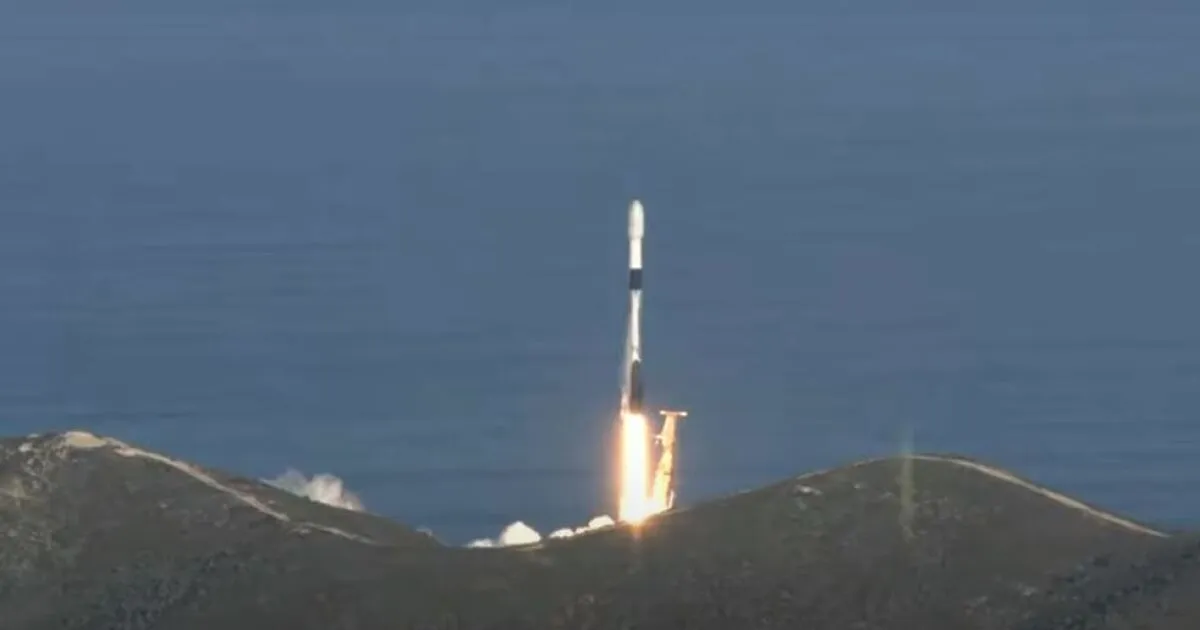
SpaceX made headlines on Friday night with a successful launch of its Falcon 9 rocket from the Vandenberg Space Force Base. The rocket lifted off precisely at 8:52 p.m., carrying 24 Starlink satellites into low-Earth orbit. This mission marks a significant step in SpaceX’s ongoing efforts to expand its satellite internet service through the Starlink network.
Leading up to the launch, SpaceX had prepared for its second mission of the week from the Vandenberg Space Force Base. The Falcon 9 rocket was set to launch from SLC-4E, with the initial liftoff scheduled for 8:51 p.m. Friday. Backup opportunities were available until 9:52 p.m., ensuring that if the launch did not occur as planned, there was a chance to try again on Saturday, starting at 9:26 p.m.
One of the notable aspects of this launch was the first-stage booster recovery plan. After liftoff, the booster was expected to land on the Of Course I Still Love You droneship stationed in the Pacific Ocean. Because of this recovery method, residents in the local area were not expected to hear a sonic boom, which can occur during rocket launches when boosters return to Earth.
This launch was particularly significant as it marked the 14th flight of this specific booster, showcasing the reusability of SpaceX's rocket technology. Each successful mission not only contributes to the expansion of the Starlink satellite constellation but also highlights SpaceX's commitment to reducing the cost of space travel through the use of refurbished rockets.
The successful launch of the Falcon 9 rocket from Vandenberg Space Force Base underscores SpaceX's position as a leader in the aerospace industry. By continuing to deploy Starlink satellites and innovate with reusable rocket technology, SpaceX is paving the way for the future of satellite internet and space exploration.